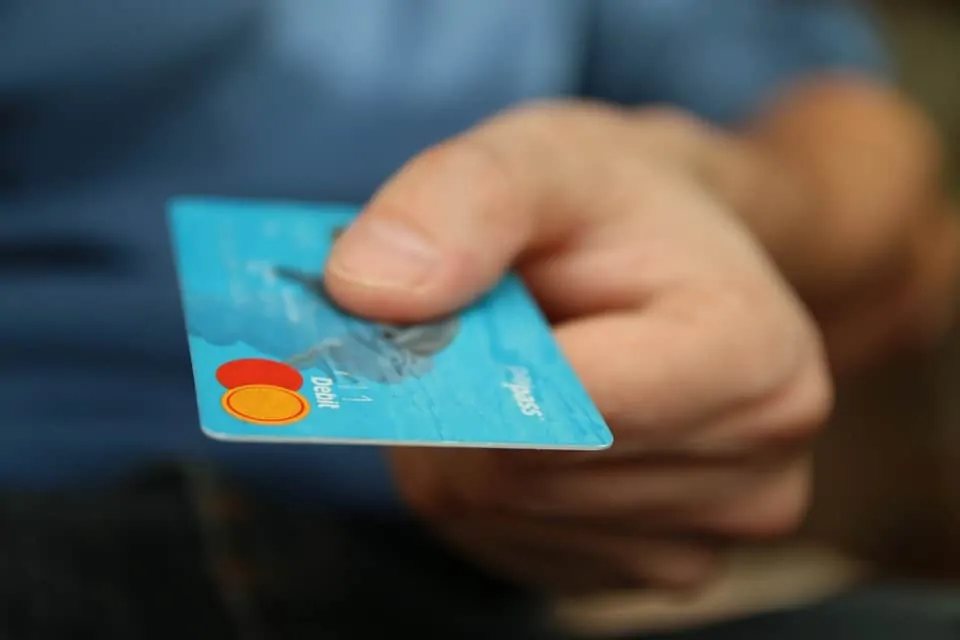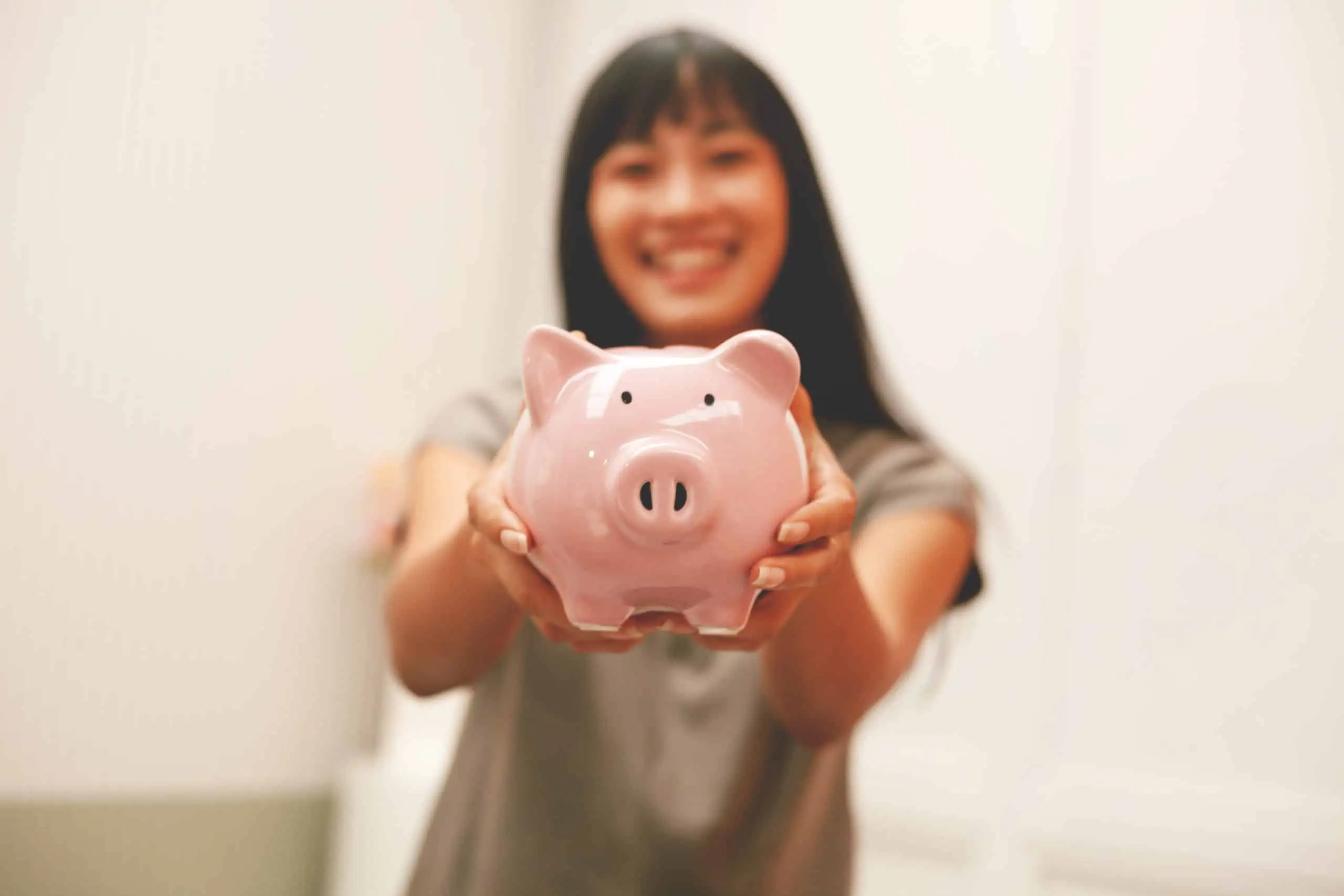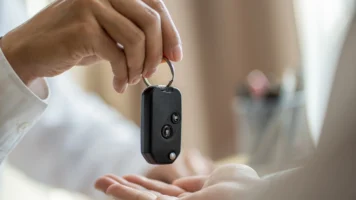5 Simple Ways to Curb Impulse Buying
Guilty of impulse buying? Of treating yourself to a pack of gum at the checkout or buying that new top that you “need”? You’re not alone. For a lot of people, impulse buying is a major reason why they live paycheque to paycheque or simply have no idea where all their money goes. Don’t beat yourself up too much though, stores are designed to make you part with your money. Junk food is positioned at the checkout, clothes are displayed on mannequins in shop windows and the latest gadget is marketed as a must-have.
Controlling this spending is the key to making the most of your money. The problem sounds easy to solve, but how do you hold onto your money? We’re here to help. Read on for the top 5 ways to stop impulse buying and how a debt consolidation loan can help you out in the short term.
Overview
- What is impulse buying?
- What are the 4 signs of impulse buying?
- What causes impulse buying?
- Why should you avoid impulse buying?
- 5 ways to stop impulse buying
What is impulse buying?
Impulse buying is simply buying things you don’t need on impulse. It could be as small as getting coffee or takeout or buying a snack you don’t need, to large purchases like cars or expensive handbags.
What are the 4 signs of impulse buying?
There are a few signs that might indicate you’re an impulse buyer, such as:
- You shop to make yourself feel better (especially when you’re upset or stressed)
- You tell yourself you “deserve it”
- You shop when you’re bored
- You always run out of money each payday cycle (and it’s not because of your usual day-to-day bills)
What causes impulse buying?
There are a lot of reasons why we impulse buy. But it basically comes down to your emotional state, your life satisfaction, and your self-esteem, as well as how the store is set out.
Why should you avoid impulse buying?
While a bit of splurging here and there might not seem bad in the short term, it can definitely add up. ANZ recently undertook a study that revealed that Australians spend almost $1.2 billion per week on non-essential items. This equals $3172 a year for the average Australian!
5 ways to stop impulse buying
Okay, so we know impulse buying isn’t the greatest. But how do you stop doing it? Start by looking at our top 5 ways to stop impulse buying below.
1. Create a monthly budget
Creating a budget that you stick to each month is a great way to avoid unnecessary purchases.
Firstly, your budget should be centred around important living expenses. This means prioritising bills, rent, groceries and savings. Secondly, estimate the amount of money you would spend on discretionary spending. These are the things that you could cut back on if you needed to. Things like takeout, monthly subscriptions and other entertainment expenses. You want to include these in your budget so that it remains realistic. You need money to enjoy your life, after all!
This should give a relatively clear number that you can play with each month for your own fun. When wanting to buy something, there is always a conscious knowledge that the cost of the item is being taken out of an established budget, which may help to curb an impulse decision (particularly when it’s obviously harmful).
2. Use cash where possible
It’s so easy to tap and pay with your credit or visa card and lose track of how much money you’ve spent! So an easy way to stop impulse buying is to use cash for your weekly groceries and other expenses that aren’t direct debited. As with the monthly budget, having cash on hand gives a finite physical monetary value to play with. When going out to dinner, shopping, or out to a bar, having a set limit to spend can help curb the desire to keep spending.
Try this: Automate your savings and bills and withdraw $100 “play money” for the week. This can be spent on anything you like: work lunches, new shoes, a big night out. But once it’s gone, it’s gone. This will make you feel like you are treating yourself but will help you stick to your limits. It will also make you think more about the more affordable options. You are less likely to splash out on an expensive bottle of champagne if you only have $50 in your wallet.
3. Create shopping lists
Impulse buying can just as easily occur at the supermarket as at a shopping centre. Those that wander around supermarket aisles might fall victim to half-price sales or weekly specials. Although they seem like good value, they can tempt you to buy things you probably don’t even need. So one way to stop impulse buying at the supermarket is to use a shopping list (and stick to it!). Shopping lists force you to only go down certain aisles when shopping and can help you avoid aimless wandering. So before you head to the shops, try making a meal plan and then use that to create your shopping list.
You might also want to try using ‘click and collect’ instead of physically going into the shops. This can make it easy to compare prices and only get the items you need. See our blog post about How to save on your grocery shop for even more tips!
4. Adjust your expectations
Do any of these sentences sound familiar?
- I deserve it
- I’ve worked hard this week
- I need to treat myself
Although you may be used to affording yourself luxuries regularly, saying things like this is just a way of justifying bad spending behaviour! By sticking to your budget you will be helping yourself in two ways. Firstly, you will be helping your financial future and actually be able to save. Secondly, by setting goals and achieving them you will feel a great sense of satisfaction.
By adjusting these kinds of shopping habits you can achieve the ultimate goal – having your cake and eating it too! Plus, it doesn’t have to be all at once – slowly weaning yourself off of this lifestyle is the best way to stop impulse buying, rather than going cold turkey.
Try this: Set yourself a goal to save $50 per week for a month. At the end of the month, buy yourself a reward worth $100. You are still $100 in the green. Once you achieve this – set a bigger goal for the following month. Saving money and achieving your goals is addictive – you’ll soon be hooked!
5. Adjust your environment
A good way to stop impulse buying is to identify your triggers. Maybe the route you take to work goes past your favourite bakery? Or maybe nights out at the pub lead to a big splurge.
Identify your triggers and find ways to avoid them. Take a different route to work or suggest a coffee catchup instead of a night out. You can still have fun. Even if you cut back by 50% you are doing yourself a world of good. The key is moderation!
Manage your impulse spends in the short term
If you need to manage some debt because of impulse buying, you’re not alone. With a secured loan from Swoosh, you can get the benefits of an easy repayment schedule to help you get back on track and start limiting your impulse purchases. Get in touch with our friendly team today to learn more about our small personal loans.
To consolidate your previous overspending, apply for a loan with us










